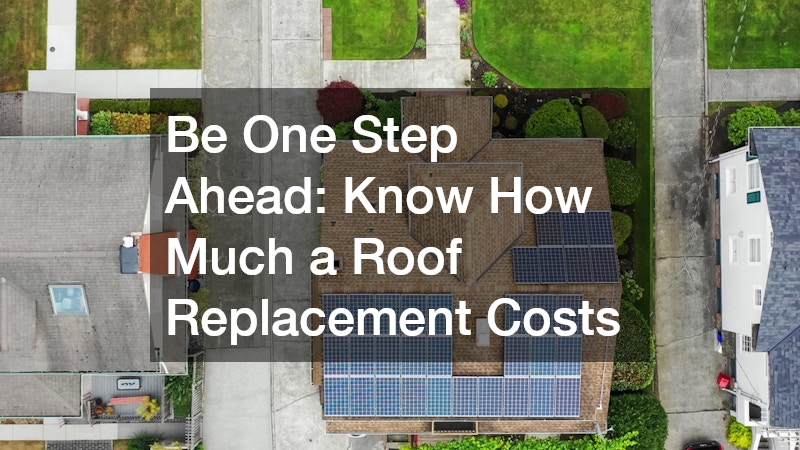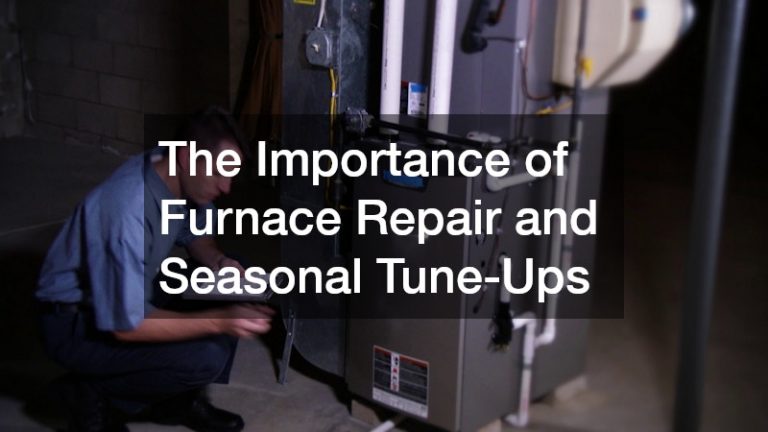

Understanding the costs involved in replacing a roof can be daunting. Many homeowners are unsure about the various factors that affect the overall roof replacement cost in Austin, TX, and how to budget accordingly. This article aims to shed light on the complexities of roof replacement costs to help you plan effectively.
What Factors Influence the Cost of Roof Replacement?
The roof replacement cost in Austin, TX, can depend on a variety of factors including the size and pitch of your roof, the materials you choose, and additional features like skylights or chimneys. One of the primary considerations is the type of material used.
For example, asphalt shingles tend to be more economical compared to metal roofing or tile, which can drive up the cost significantly. It’s also important to consider that different materials offer varying levels of durability, aesthetics, and energy efficiency, which can impact your overall investment in both short and long-term scenarios.
Another crucial factor is the size and pitch of your roof, which are critical as they determine the amount of material and labor needed. A larger roof area or a higher pitch will generally lead to higher costs as more materials and increased labor effort are required. Complex roof designs also typically demand more skilled labor and longer hours to ensure a proper installation, increasing the overall expenditure. Topography can likewise affect costs if special equipment is needed for high or steep roofs.
Additional features such as skylights, chimneys, or even solar panels can also influence the total cost of a roof replacement. These elements require careful installation and precise waterproofing, which can add to labor costs. They can also necessitate customized materials, adding another layer of expense. Therefore, it’s crucial to consider all these aspects when planning for a roof replacement, as they collectively contribute to the overall cost and impact future savings potential.
How Can I Get Accurate Quotes for Roof Replacement?
Obtaining accurate quotes is a critical step in your roof replacement journey. To start, make a comprehensive list of your specific needs and preferences. This should include the roofing material you’re considering, any additional features like ventilation systems or underlayment preferences, and details about your geographical location. Providing contractors with well-detailed initial information ensures that the quotes you receive are tailored to your situation, preventing unexpected expenses later on.
It’s advisable to reach out to multiple contractors to obtain a range of quotes. Doing so not only gives you a broader perspective on pricing but also provides insights into each contractor’s expertise and reliability. Pay attention to their reputations, generally available as reviews or testimonials from previous clients. A contractor’s reputation can heavily influence their pricing structure, especially when they are known for high-quality work or demand in the area. It’s also essential to confirm details about warranties offered, as they can significantly impact the decision-making process and future expenditure.
Once you have a selection of quotes, thorough evaluation becomes vital. Don’t just consider the price tag; examine what each quote includes, such as material costs, labor charges, additional fees, and project timelines. Understanding the scope of work and comparing what is provided in each quote can help you choose the most comprehensive and cost-effective option. Moreover, negotiating terms to align with your budget without compromising quality can make a substantial difference in overall satisfaction and investment value.
What Are the Long-term Savings of Roof Replacement?
While the upfront costs may seem significant, a new roof can offer substantial savings in the long run. One of the major benefits is improved energy efficiency. Modern roofing materials and proper installation techniques help to better insulate your home, reducing the energy needed for heating and cooling. In turn, this can significantly lower your utility bills over time, leading to consistent savings year-round. This initial investment in energy-efficient materials, while seemingly costly, often pays for itself through lower energy consumption.
Another avenue for long-term savings is reduced maintenance costs. Older roofs tend to require more frequent repairs to deal with issues such as leaks, missing shingles, or damaged flashing. A new roof, especially when constructed with durable materials and proper techniques, can minimize the need for such routine repairs. This not only saves money but also reduces the stress associated with constant upkeep. Furthermore, many new roofing systems come with extensive warranties, covering both materials and workmanship, providing additional financial protection.
Replacing your roof can also lead to increased home value, providing a substantial financial benefit if you plan to sell your property. Prospective buyers generally value homes with newer roofs higher, as they view it as one less major expense they need to worry about. Additionally, a well-installed, attractive roofing system can significantly enhance curb appeal, making your property more attractive in the competitive real estate market. Therefore, investing in a roof replacement today can lead to considerable returns tomorrow.
Conclusion
Being informed about the usual roof replacement cost in Austin, TX, is crucial for homeowners looking to maintain or increase the value of their properties. By understanding the factors influencing cost, obtaining accurate quotes, and recognizing long-term benefits, you can ensure you’re well-prepared for this significant investment. As daunting as the initial costs may seem, choosing the right roofing materials, understanding industry standards, and working with reputable contractors can lead to a more seamless and successful roof replacement experience.



